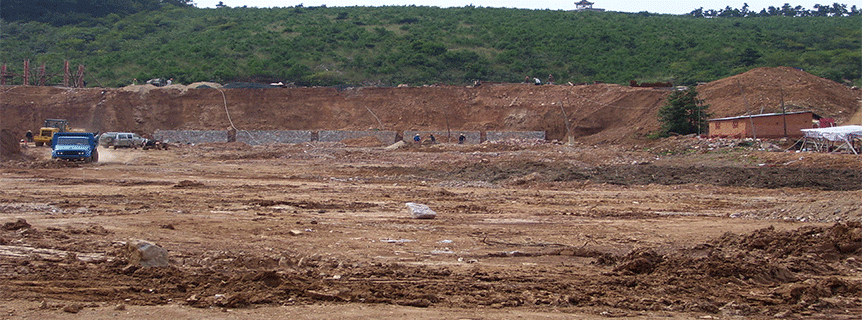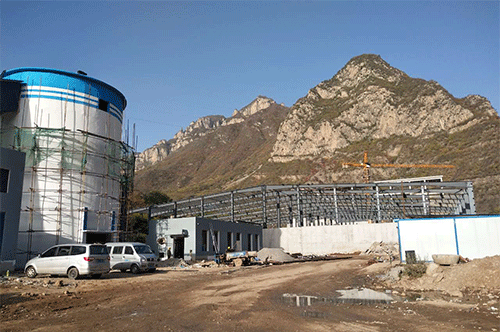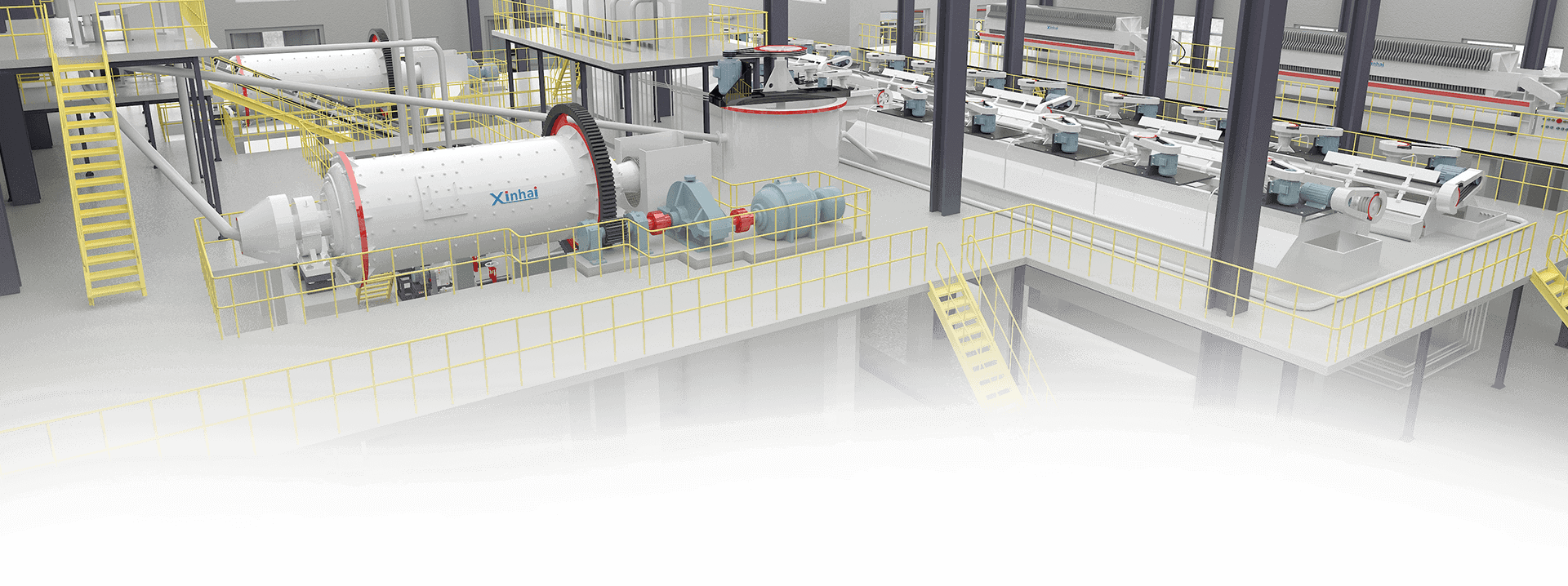How is Quartz Mined?
 Sheena
Sheena
 Mar 31, 2025
Mar 31, 2025
 927
927
If you want to know more details about equipment, solutions, etc, please click the button below for free consultation, or leave your requirements!

Quartz-sand-selection-plant-pictures
Quartz is mined using various methods depending on its quality, location, and intended use. Here are the most common methods:
01Open-Pit Mining:
BackUsed for large, high-purity quartz deposits. The overburden (topsoil and rock) is removed to expose the quartz vein. Heavy machinery (like excavators and bulldozers) is used to break and remove the quartz.
Process:
Overburden (soil and rock) is removed using heavy machinery like bulldozers and excavators.
Quartz veins or mineralized zones are exposed and drilled for sampling.
Blasting may be used to break up the rock, especially if the quartz is embedded in hard rock.
The quartz-containing material is collected and transported to a processing plant.
Advantages:
Economical for large, near-surface deposits.
Can recover a high volume of material.
Disadvantages:
Environmental impact due to land disruption and waste rock.
Dust and noise pollution.
02Hard Rock Mining:
BackUsed when quartz is embedded in rock formations. Involves drilling, blasting, and using explosives to extract quartz-containing ore. The ore is then crushed and processed to separate quartz from other minerals.
Process:
Tunnels or shafts are dug to access the quartz veins underground.
Drilling and blasting are used to break the rock.
Quartz-bearing rock is brought to the surface and processed.
Advantages:
Suitable for deep or well-buried quartz veins.
Less surface disturbance compared to open-pit mining.
Disadvantages:
Higher operational costs due to excavation and ventilation.
Safety risks associated with underground work.

03Placer Mining:
BackUsed when quartz is found in alluvial deposits (riverbeds or streams).
Involves washing sediment through sluice boxes to separate quartz from other materials.
Process:
Often performed in areas where quartz has been naturally eroded and deposited by water.
Sediments are collected and washed through sluice boxes, shaking tables, or panning methods.
Gravity separation helps collect the heavier quartz fragments.
Advantages:
Low-cost and low-technology method.
Ideal for small-scale mining or artisanal operations.
Disadvantages:
Limited to surface or shallow deposits.
Environmentally disruptive to waterways.
04Underground Mining:
BackEmployed when quartz deposits are located deep below the surface.
Tunnels are dug to reach the veins, and the quartz is extracted using mining equipment.
More labor-intensive and costly compared to open-pit mining.
Process:
Tunnels or adits are dug to reach deep quartz deposits.
Drilling, blasting, and ore removal are done with heavy machinery.
Quartz is transported to the surface for processing.
Advantages:
Reduces surface disruption.
Effective for high-value, deep quartz veins.
Disadvantages:
High cost and labor-intensive.
Requires proper ventilation and ground support.
05Hydraulic Mining:
BackUses high-pressure water jets to dislodge quartz from placer deposits.
Less common due to environmental regulations.
Process:
High-pressure water jets are directed at sedimentary deposits.
Quartz and other minerals are washed down to sluices where heavier materials are collected.
Advantages:
Quick removal of sediment and efficient for loose deposits.
Disadvantages:
Environmental impact, especially on river ecosystems.
Often banned or restricted due to sedimentation issues.
06Post-Extraction Processing:
BackAfter mining, the quartz ore is: Crushed and milled to separate quartz from other minerals. Cleaned to remove impurities (like iron oxide or clay).Quartz ore is crushed, cleaned, and processed to remove impurities.
Further purification techniques like flotation or acid washing are used for high-purity quartz (used in electronics).
Let me know if you want more details on any specific mining technique or the processing of quartz.
 +86 183 3575 8886
+86 183 3575 8886 pinklaurabao@gmail.com
pinklaurabao@gmail.com




 Message
Message Chat Now
Chat Now

















